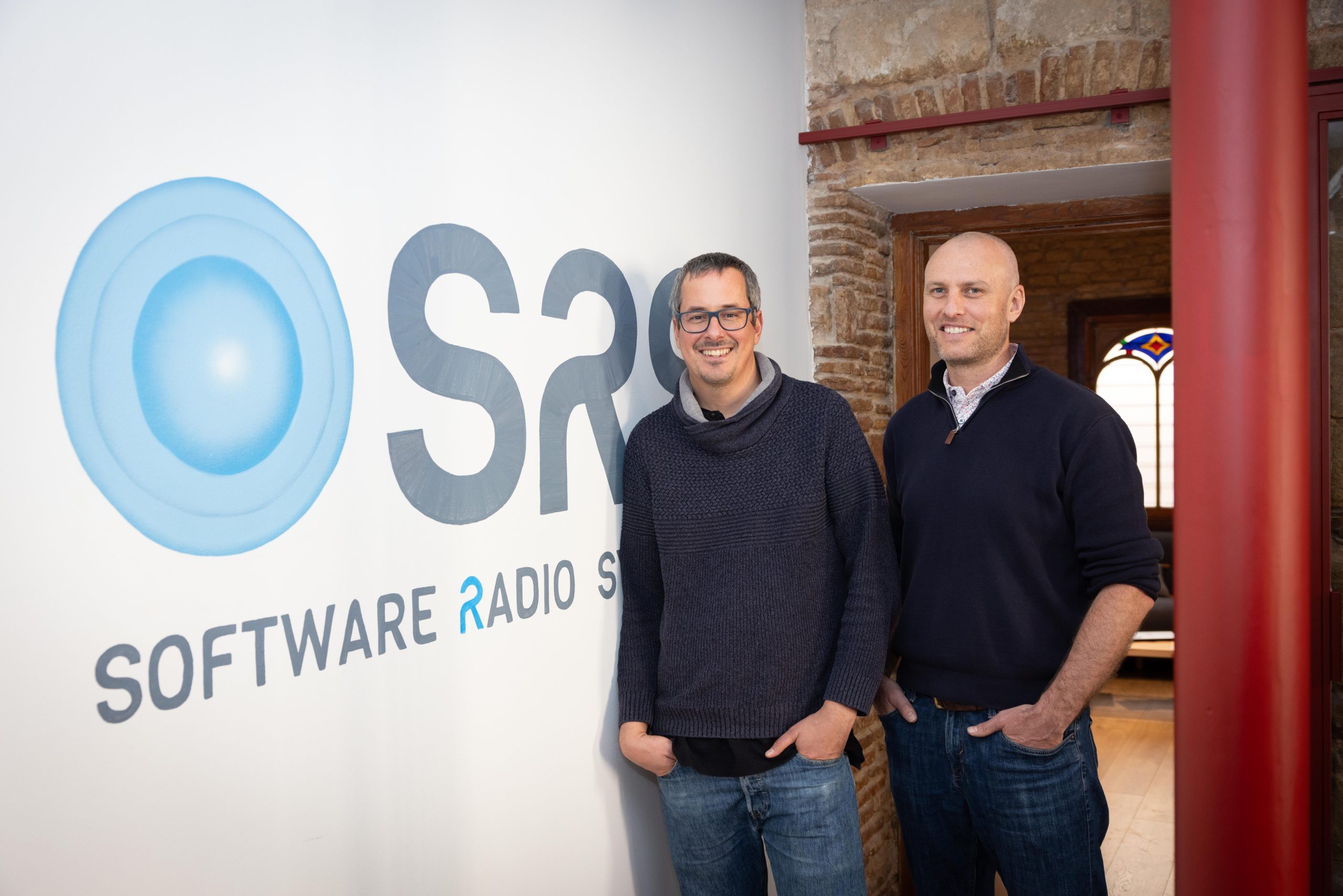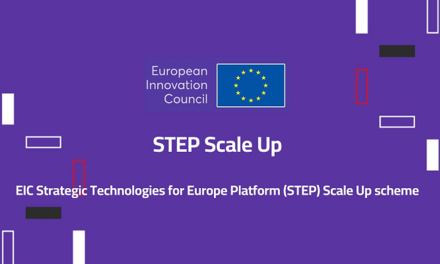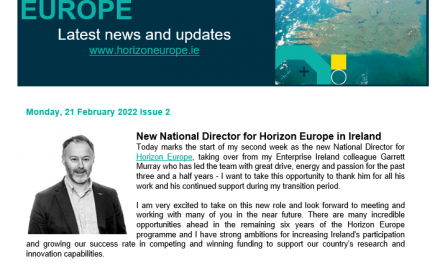The ability to easily connect to the internet is increasingly taken for granted in the developed world. But the latest United Nations study found that a third of the world’s population remains unconnected to the World Wide Web, with those in poor and remote areas most affected.
5G-STARDUST, or Satellite and Terrestrial Access for Distributed, Ubiquitous, and Smart Telecommunications, is a Horizon Europe-funded project that may help to tackle the digital divide. It brings together 11 partners from 7 countries, all leaders in the field of 5G satellite and terrestrial communication.
Its aim is to design and develop a deeper integration of 5G terrestrial and non-terrestrial networks (NTN) to deliver a fully-integrated 5G-NTN. Satellite networks have the benefit of widespread coverage, critical to extending connectivity to rural or isolated areas, thereby bridging the digital divide.
Irish firm SRS provides software
The project, which began in January 2023 and runs for three years, received €5.94 million in Horizon funding with €401,000 going to its Irish partner, Software Radio Systems (SRS). The company, headquartered in Cork, develops software radio solutions for 4G and 5G and is providing the software platform to support the 5G-STARDUST research.
It is among the first projects to be funded under Horizon Europe’s European Smart Networks and Services Joint Undertaking (SNS JU), a public-private partnership that aims to facilitate and develop industrial leadership in Europe in 5G and 6G networks and services.
According to SRS chief executive Paul Sutton: “A lot of the technical innovations that have been present for a long time in terrestrial networks are now starting to be applied to satellite networks as well and so the pace of innovation is starting to increase there.”
Open source calling card
Sutton says SRS was invited to join the project on the back of its “unique business model” – the company dual-licences its software by publicly releasing it under an open source licence, making it available for anybody to download and use, as well as providing it under commercial licence.
“The open source licence we use is very attractive for someone who is doing research, who is building a proof of concept, who is building a demonstrator,” he says, “while our commercial licences are designed for partners who are building commercial products and launching services. As the software is designed for commercial deployment from the outset, the robustness and performance is higher than that typically seen in purely open-source projects.”
One of the advantages of this business model is that it has allowed SRS to grow through research projects as open source users of its software across academia and industry turn to the company for additional features and support, once they have made the decision to use its software as a platform for their R&D.
“Quite often we might get a call out of the blue from a partner who has been using the software for two to three years who says: ‘Hey we’re putting a consortium together for a project and we’d love you to be involved because we’re using your software for it’.”
Opening up new opportunities
For SRS, involvement in projects like 5G-STARDUST provides an unrivalled opportunity to collaborate with key commercial and academic partners across the EU and to expand its portfolio by accessing funding to develop new features.
“The non-terrestrial networking aspect of the 5G specifications – our major task in the project is to add support for that set of features to our existing solutions. So we’re being funded to develop that, we develop it and we provide it under the same open source licence so it is a win-win solution,” Sutton says.
Involvement also extends the company’s network and increases its visibility. Sutton notes the presence of big European players like Thales, Fraunhofer and Orange in the 5G-STARDUST consortium and the commercial opportunities this opens for SRS.
“People like Thales, there’s a big opportunity for us to showcase what we have to a really large company like that and then pursue commercial opportunities with them as a follow-on to the project,” he says.
Composition of consortium is key
For SMEs looking to get involved in Horizon Europe projects, Sutton says the make-up of the consortium is key. “If I was looking for indicators of success, then the composition of the consortium is probably the biggest one,” he says.
He notes that the 5G-STARDUST consortium was very strong in this regard “because it has such a diverse set of members but also some very heavy-hitting members, DLR, Orange, Thales, Fraunhofer. Immediately you’re hitting some of the biggest names in Europe as well as some very proactive SMEs and a good geographical spread.”
Avoiding the rabbit holes
Sutton admits that the Horizon application process can be a lot of work for an SME. SRS is typically involved in four proposals for every successful one, and “even that would be quite a high rate of success”, he says.
To reduce some of the burden, he says that as an SME partner, SRS tends to position itself as a platform provider rather than as an active R&D participant to limit its workload at the outset.
“When we’re getting involved in proposal preparation our approach is, we’ll provide the platform for you guys to do the innovative R&D that you want to do. As an SME, we are limited in our capability to go down rabbit holes for really cutting-edge innovation so what we want to do is provide a really solid platform to allow others to do so.”
As a result, SRS avoids very detailed discussions about the overarching goals of a project. “We tend to focus on what the platform that is needed looks like and how close we are to it already and what work we have to do to bring it into line with what is needed.”
If you would like advice about accessing Horizon Europe support or further details, please contact horizonsupport@enterprise-ireland.com or visit www.horizoneurope.ie





